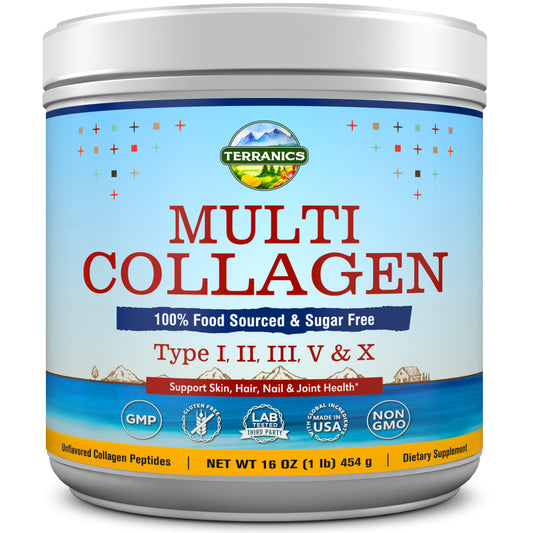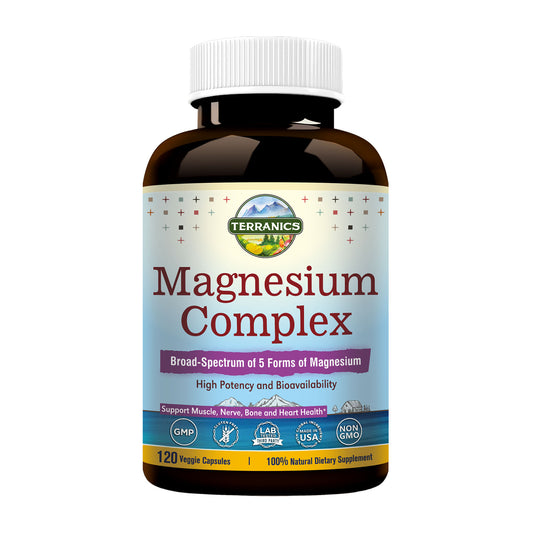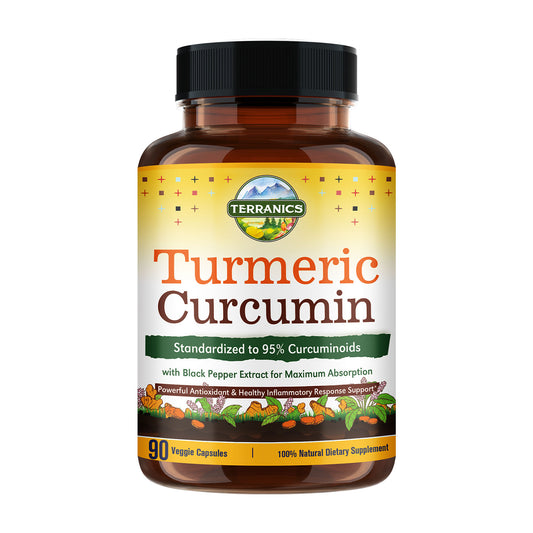
We all know the feeling: that post-workout soreness that makes even the simplest tasks feel like a Herculean effort. While rest is essential for muscle recovery, there's another powerful tool in your arsenal: the foam roller.
What Do Foam Rollers Actually Do?
Foam rollers work by applying pressure to your muscles, a technique called self-myofascial release (SMR). This pressure helps to:
- Release Tension: Foam rolling can break up knots and adhesions (tight spots) in your muscles, easing tension and improving flexibility.
- Increase Blood Flow: The pressure stimulates blood flow to the area, bringing in oxygen and nutrients to aid in muscle repair.
- Improve Range of Motion: By loosening tight muscles, foam rolling can help you move more freely and increase your range of motion.
The Benefits of Foam Rollers
Beyond easing post-workout soreness, foam rolling offers a range of benefits:
- Faster Recovery: Foam rolling can help your muscles recover faster, allowing you to get back to your workouts sooner.
- Reduced Risk of Injury: By addressing muscle imbalances and tightness, foam rolling can help prevent injuries, especially those related to overuse.
- Improved Performance: Looser, more flexible muscles can improve your performance in all kinds of activities, from running to lifting weights.
- Stress Relief: Foam rolling can be a relaxing and therapeutic experience, helping to reduce stress and tension.
Best Foam Roller Moves for New Beginners
If you're new to foam rolling, start with these simple exercises:
Quads- Start in a forearm plank position with the roller under your quads.
- Slowly roll down the roller until it reaches just above your knees, then roll in the opposite direction until you reach your hip flexors.
- Hold on to tender spots for a few breaths.
- Repeat for 30 seconds.
- Lie facing the floor on the foam roller in a forearm plank position.
- Place the foam roller underneath your left hip flexor with your right leg bent to the side.
- Roll slowly up and down and side to side on the foam roller, targeting the hip flexor and trigger points.
- Repeat on the right hip flexor for 30 seconds.
- Sit on the floor with legs extended and the foam roller positioned under your calves.
- Lift your body up and cross your left leg over your right for extra pressure.
- Roll your right calf back and forth on the foam roller, moving your body forward and back with your arms.
- Switch the legs and focus on your left calf.
- Complete for 30 seconds.
- Sit on the floor with legs extended and the foam roller placed under your hamstrings.
- Lift your body up and roll up and down between the back of your knees and glutes.
- Pause on tender spots and roll for at least 30 seconds.
- Alternatively, cross your legs and focus on one hamstring at a time.
- Lie on your right side with the foam roller under your right IT band.
- Roll along the foam roller on your right IT band between your knee and glute, stopping at tender spots.
- Repeat on the left IT band for 30 seconds.
- Lie on your back with the foam roller under your upper back.
- Lift yourself up into a shallow bridge position.
- Roll up and down between your lower neck and mid-back, pausing at tight areas.
- Repeat for 30 seconds.
- Lie on your back at a 45-degree angle with the foam roller under your right lat.
- Roll from your right armpit down to your mid-back area, focusing on tender areas.
- Repeat on the left lat for 30 seconds.
- Lie on your side with the foam roller under your right shoulder.
- Roll slowly up and down over your deltoid muscle.
- Repeat on the left shoulder for 30 seconds.
Foam Rolling Pro-Tip
- Listen to Your Body: Don't push through pain. If you feel sharp pain, stop and adjust your position.
- Start Slowly: Begin with shorter sessions and gradually increase the duration as your muscles adapt.
- Focus on Tight Spots: Pause on any tender spots or areas of tightness, allowing the foam roller to apply pressure and release tension.
- Combine with Other Recovery Techniques: Incorporate foam rolling into a well-rounded recovery routine that includes stretching, hydration, and proper nutrition.
Conclusion
Foam rolling can be a valuable addition to any exercise routine, helping to relieve muscle tension, improve flexibility, and promote recovery. By incorporating these foam roller exercises into your daily routine, you can help tired muscles recover and feel their best.




